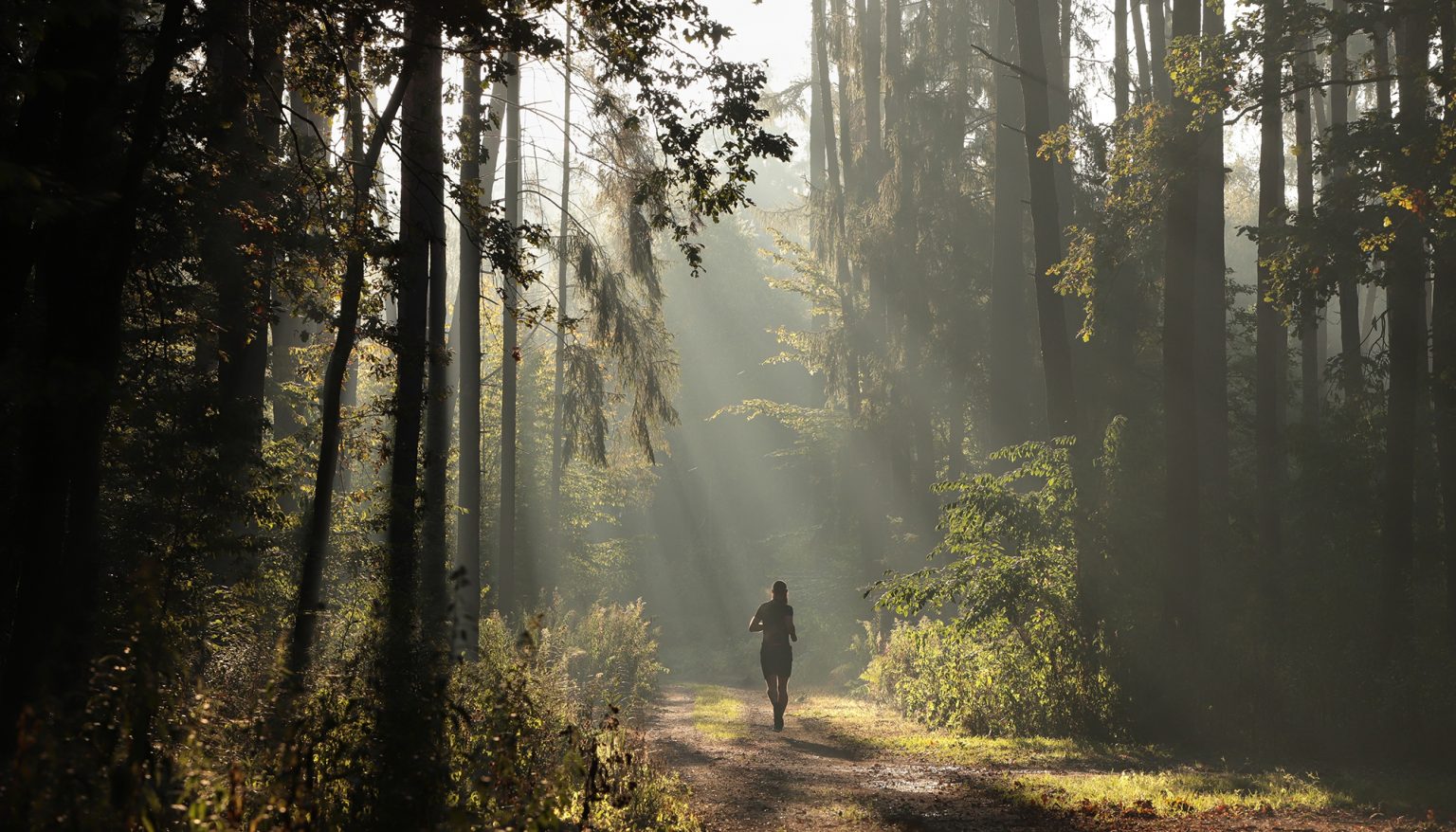Researchers Think That Humans Evolved To Run Long Distances In Order To Hunt Their Prey

All around the globe, early humans tired out their prey by chasing after the animal for long distances.
Researchers think that this hunting practice was utilized more often than previously believed. They published a new study in the journal Nature Human Behavior, describing details that support the endurance pursuit hypothesis.
The endurance pursuit hypothesis is a theory about how human bodies evolved to run long distances to chase down prey.
The main arguments against the theory are that the strategy would be too taxing and that it is uncommon in modern-day hunting techniques.
To disprove these arguments, researchers examined ethnographic records and found nearly 400 cases in recent history that involve long-distance running while hunting.
Then, they used computer models to show how running was more efficient than walking when it came to pursuing prey. Their findings suggest endurance running was a practical hunting strategy for prehistoric humans.
Humans can’t sprint at the high speeds of other predators, but we do have stamina on our side. We possess more slow-twitch muscle fibers that help with the ability to run long distances.
Additionally, humans are adept at avoiding overheating due to the amount of eccrine glands and bare-skinned areas that allow for sweating. The structure and length of human legs are also instrumental in our staying power.
These types of characteristics make endurance running a suitable strategy for foraging. By utilizing distance running, early humans could push prey to the point of overheating when the weather was hot.
niszewski – stock.adobe.com – illustrative purposes only, not the actual person
Sign up for Chip Chick’s newsletter and get stories like this delivered to your inbox.
In Botswana, Australia, and the American Southwest, modern hunters employ endurance pursuit.
The researchers analyzed over 8,000 documents and found 391 examples of persistence hunting between 1500 and 2020.
In the 16th century, people ran after deer in what is now Texas and northern Mexico until the animals collapsed from sheer exhaustion. In the 1950s, hunters in Chad would chase antelope during the hottest times of the day.
The researchers also calculated the energy that was gained and lost during various pursuits. They discovered that endurance chases at faster paces offered more benefits than slower hunts.
Some experts believe that prehistoric people used long-distance running sparingly. They argue that it did not occur frequently enough to contribute to our evolution. But overall, the evidence backs up the idea that humans evolved to run long distances for hunting.
Welcome to Billionaire Club Co LLC, your gateway to a brand-new social media experience! Sign up today and dive into over 10,000 fresh daily articles and videos curated just for your enjoyment. Enjoy the ad free experience, unlimited content interactions, and get that coveted blue check verification—all for just $1 a month!
Account Frozen
Your account is frozen. You can still view content but cannot interact with it.
Please go to your settings to update your account status.
Open Profile Settings